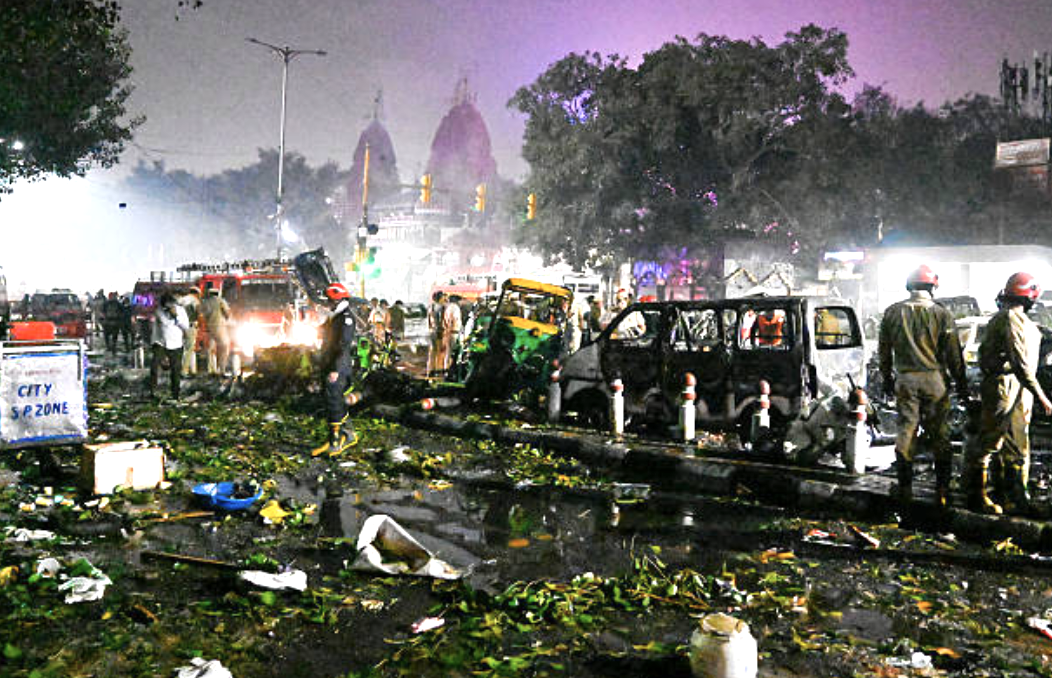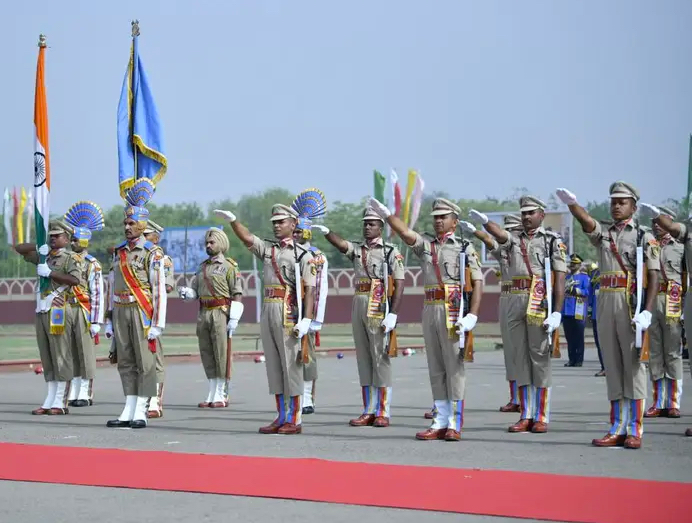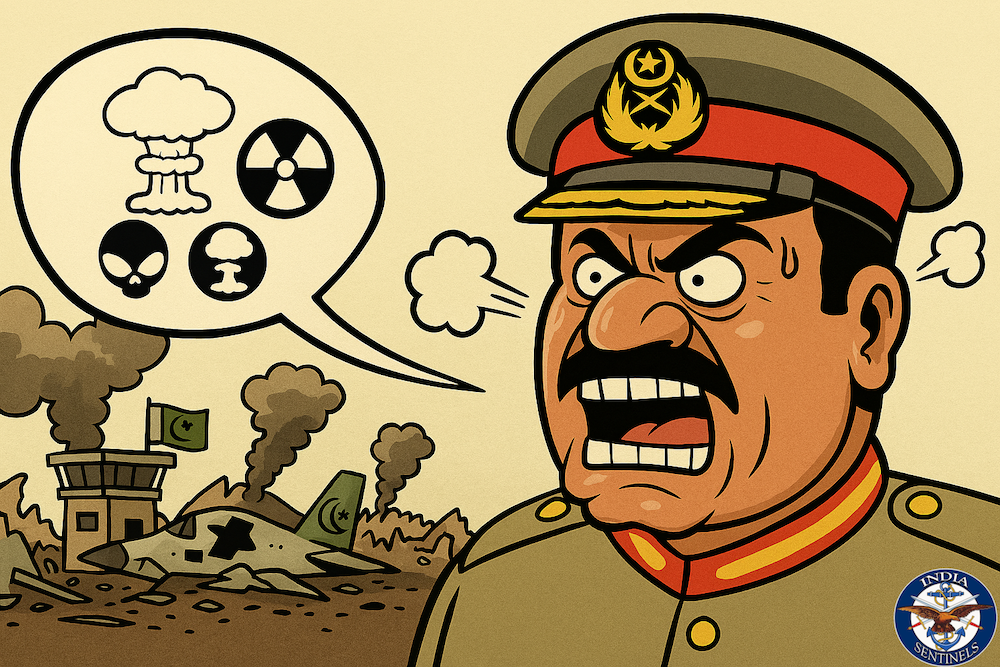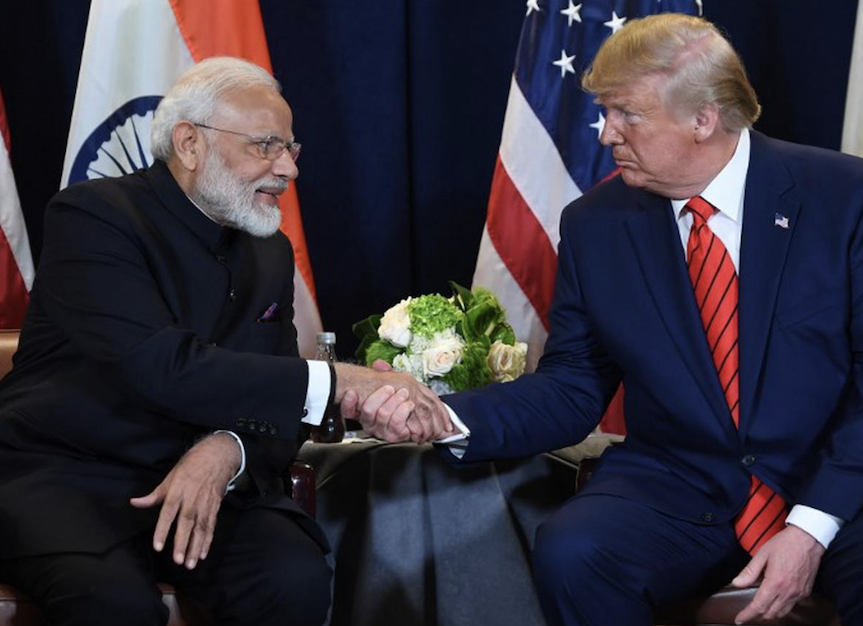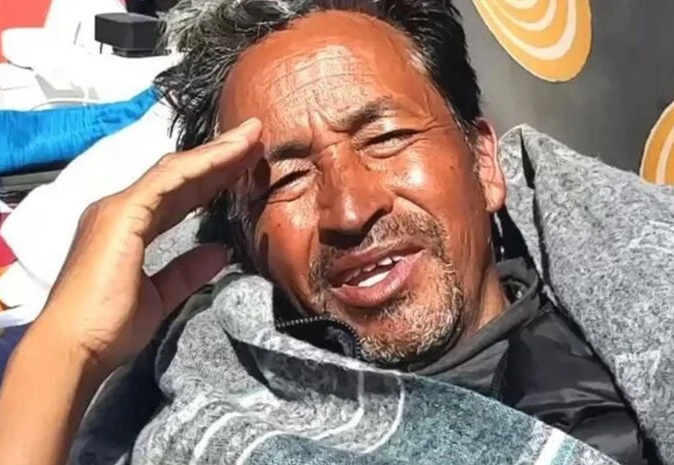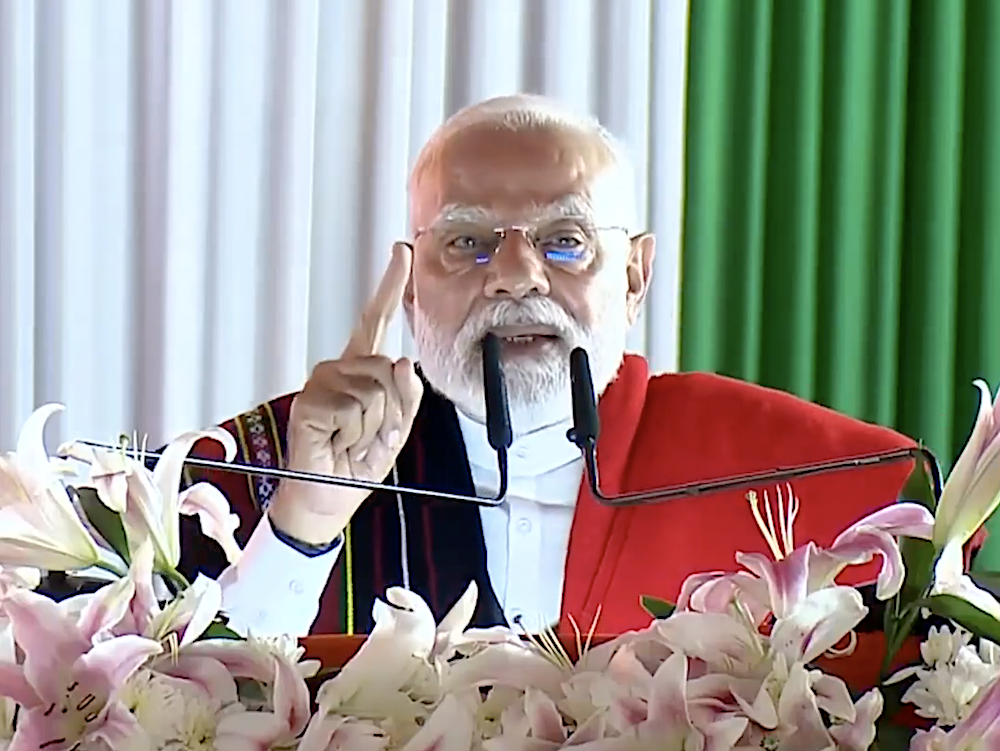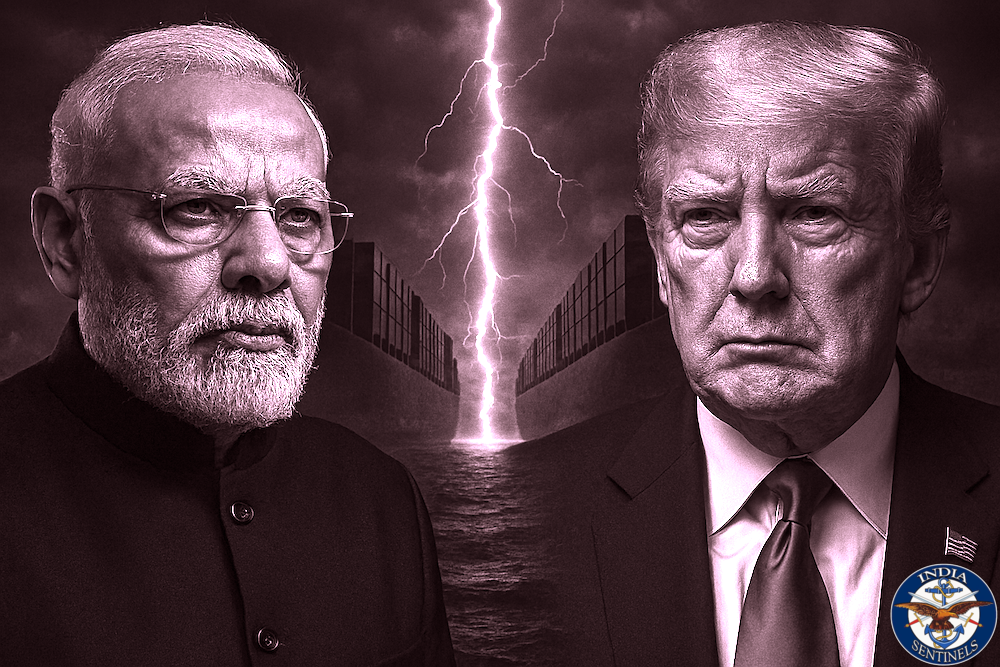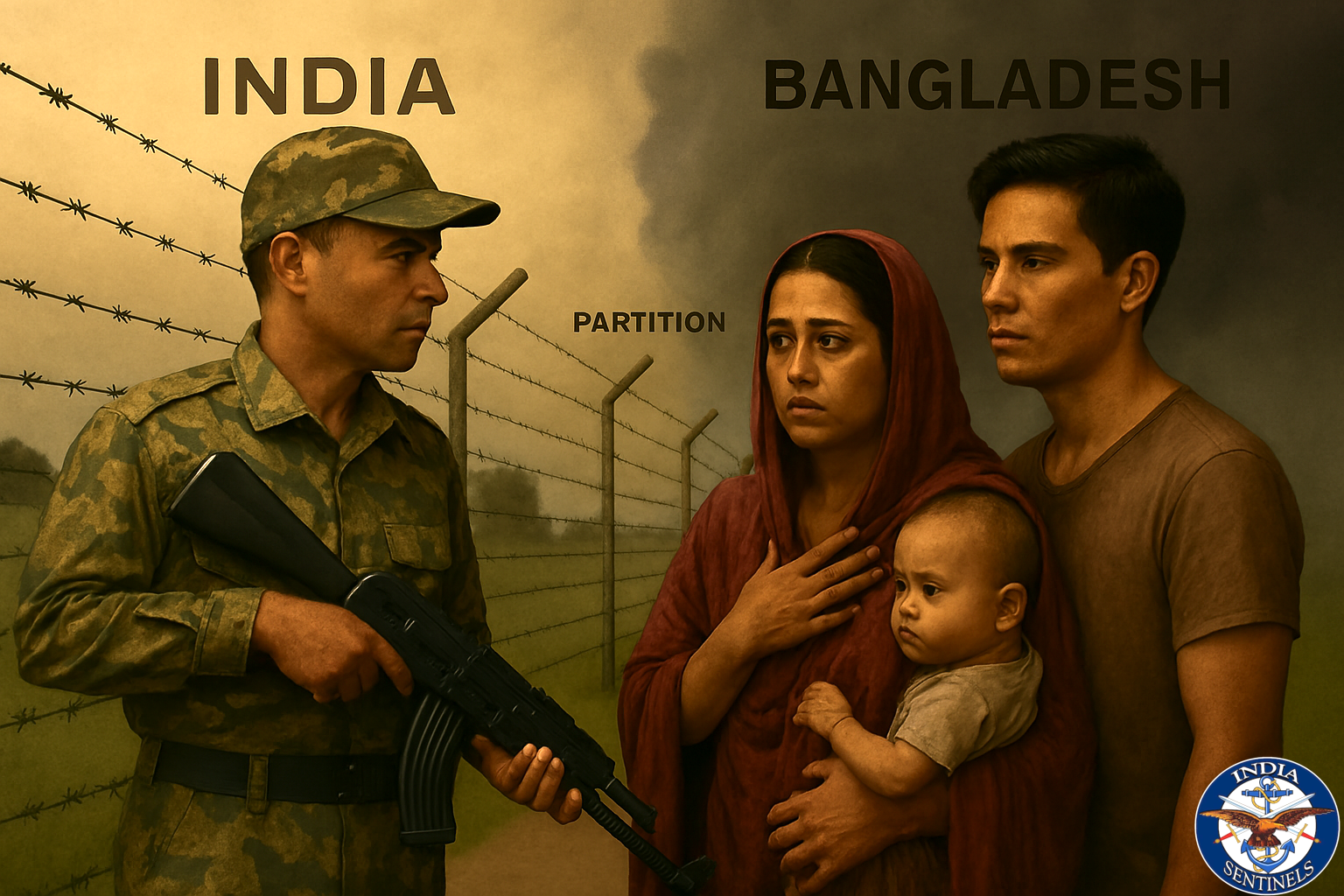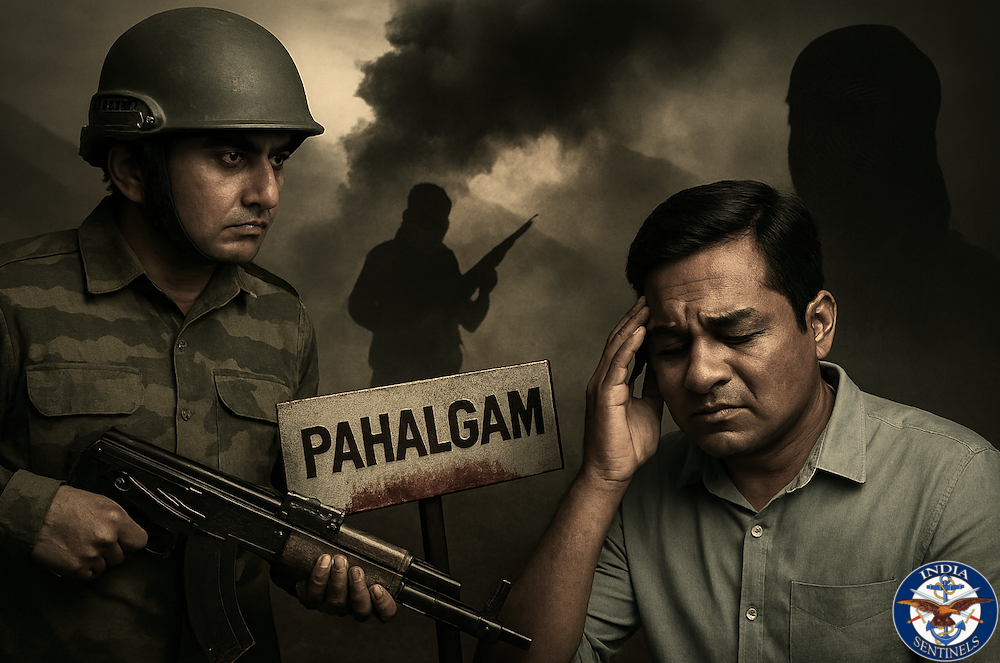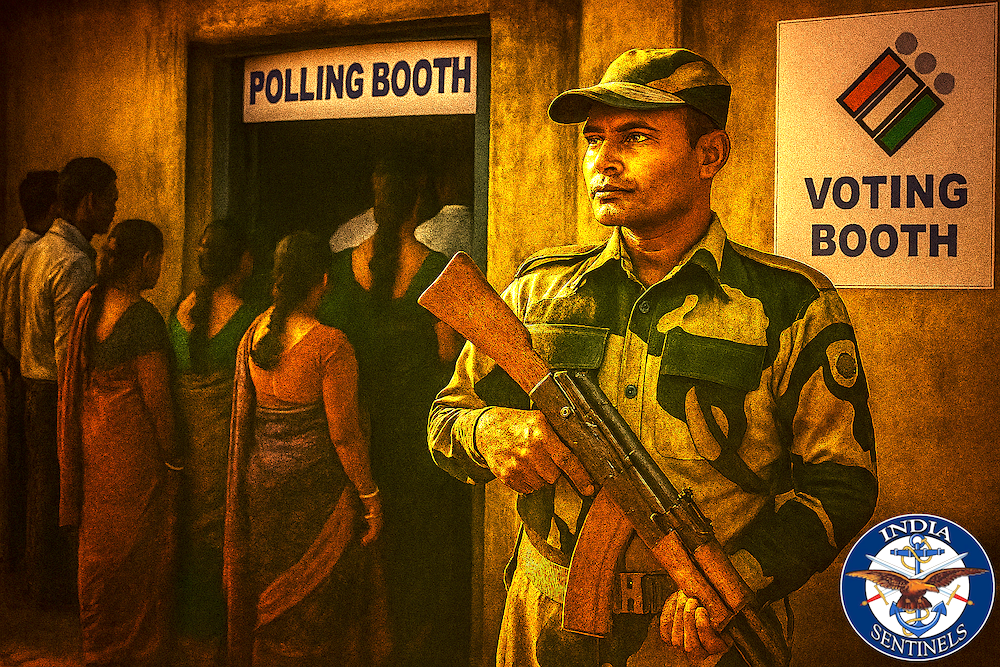 Illustration for representation. (© India Sentinels 2025–26)
Illustration for representation. (© India Sentinels 2025–26)
Every election season in India brings with it a peculiar national security paradox: the very forces meant to guard our borders are pulled away to guard ballot boxes. This isn’t a minor logistical inconvenience – it’s a strategic vulnerability that adversaries watch closely and exploit ruthlessly.
Elections in India are rightly celebrated as festivals of democracy. The constitution mandates polls every five years for Parliament and state legislatures, with state assembly elections occurring at irregular intervals. The Election Commission of India, responsible for ensuring free and fair polls, relies heavily on central forces for deployment. For the Bihar assembly election alone, approximately 1,200 companies of central armed police forces (CAPFs) will likely be mobilized – with border-guarding forces forming the primary chunk.
This dependence stems from three critical factors. First, state police forces lack the capacity and capability to handle large-scale electoral duties. Second, there is dismally low public trust in the neutrality of state police, which remain heavily politicized. Third, political parties themselves demand central forces, viewing local police with suspicion.
The central forces deployed comprise two categories: internal security forces like the Central Reserve Police Force (CRPF) and Central Industrial Security Force (CISF), and border-guarding forces including the Border Security Force (BSF), Indo-Tibetan Border Police (ITBP), and Sashastra Seema Bal (SSB).
Read also: Ladakh Unrest – When promises meet reality on India’s strategic frontier
Uncomfortable Truth
Here lies the crucial question that security planners must confront: do border-guarding forces maintain sufficient reserves for electoral deployment, or are they compelled to withdraw troops from their primary role? And if the latter, what are the implications for national security during this interim period?
The answer is stark. None of our border-guarding forces possess adequate reserves to meet electoral deployment needs without compromising border security. Forces attempt to cobble together reserves and training companies, but once these options are exhausted, companies must inevitably be pulled from active border deployment. This creates avoidable – yet seemingly unavoidable – gaps in deployment and domination.
These gaps don’t go unnoticed. Adversaries, their intelligence networks, and anti-national elements involved in arms smuggling, human trafficking, illegal immigration, and infiltration watch these movements with keen interest. For them, election season represents a bonanza – a window of opportunity to accelerate their nefarious activities.
Read also: My Identity Crisis – The CAPF soldier’s perennial dilemma
Bangladesh Border: A Case Study in Vulnerability
Consider the current situation along the eastern border with Bangladesh. The neighbouring country is experiencing significant political instability, with an administration perceived as anti-India now in power. Minorities continue to feel insecure, persecution remains a reality, and the entire region teeters on edge.
This is precisely when illegal immigration syndicates on both sides of the border shift into hyperactive mode. Thinned border deployment during electoral mobilization provides them the perfect opportunity to push illegal immigrants across, compounding the problem of demographic changes in northeastern states contiguous to Bangladesh – a concern the prime minister, Narendra Modi, has repeatedly flagged in recent months.
Simultaneously, persecuted minorities seeking refuge may use this period to enter India illegally. More alarmingly, militant groups can exploit the weakened surveillance to infiltrate operatives and smuggle arms and ammunition, fomenting trouble in an already volatile northeast region.
The data, though not publicly available in comprehensive form, tells a troubling story through anecdotal evidence and ground reports. Intelligence assessments suggest that cross-border smuggling activity and illegal immigration attempts spike during periods of electoral deployment, though official empirical studies remain classified or non-existent.
Read also: PM’s Manipur Visit – A welcome initiative, but is it too late?
The Nepal Dimension
The Nepal border presents similar vulnerabilities. With Nepal itself in a state of volatility under interim administration, the open border becomes even more porous when BSF and SSB units are pulled for electoral duties. The ease of movement across this border, combined with reduced surveillance, creates opportunities for criminal networks and anti-India elements operating from Nepali territory.
The Human Cost
Beyond strategic implications lies a human dimension often overlooked in policy discussions. Electoral and internal security commitments place enormous pressure on personnel. When troops are withdrawn for elections, those remaining on the border must cover expanded areas of responsibility.
The problem compounds with existing personnel vacancies and a significant number of troops in low medical categories unfit for rigorous border duty. A seema prahari (border guard) on the ground today is overworked and stressed, suffering from physical and mental fatigue. This leads to morale and motivation issues, though commanders and troops do their best despite constraints.
Training – the backbone of military professionalism – becomes another casualty of over-commitment. Disrupted training cycles impact operational readiness and unit cohesion, creating a vicious cycle where forces become progressively less capable even as demands increase.
Read also: Beyond Fencing – Complex reality of India’s most vulnerable border
Whether Analysis Happens
It remains unclear whether the impact of temporary pull-outs is systematically analysed by forces and policy planners when ordering mobilization for elections. No such comprehensive analysis exists in the public domain. To be fair, one must presume that border-guarding forces conduct internal assessments and suggest measures to balance border security with electoral needs, in keeping with recommendations from the Kargil Review Committee following the 1999 conflict.
However, the presumption of analysis and the reality of implementation appear to diverge significantly. If thorough impact assessments were conducted and heeded, the structural problems would have been addressed by now.
Read also: End Colonial Charade – Implement SC ruling on CAPF officers now
Practical Solutions
Elections are the backbone of democracy and must be conducted with full security. The need for massive mobilization is unavoidable. The question becomes: how can we reduce dependence on border-guarding forces or find alternative ways to requisition troops without diluting their primary role?
#1: Create Dedicated Reserves
The Ministry of Home Affairs and border-guarding forces must conduct an empirical study of deployment patterns for elections and internal security over the past five years to arrive at authentic figures. This study group should be headed by a policy planner from the ministry with members possessing experience in both macro and micro aspects of border security.
Based on this analysis, India must raise dedicated reserve battalions for each border-guarding force. These reserves could be deployed for internal security, election duties, and provide rest and relief for overworked personnel in border-guarding roles. This would strengthen border security by ensuring the primary role remains undiluted, preventing adversaries from exploiting temporary vulnerabilities. It would also boost morale, reduce stress, and strengthen discipline and professionalism.
The financial implications are significant but manageable. Raising additional battalions requires capital expenditure for infrastructure, recurring costs for salaries and maintenance, and time for recruitment and training. However, this investment pales compared to the potential costs of border security failures or infiltration that enables terrorist attacks.
#2: Rethink Deployment Density
The BSF and SSB should institute analytical studies using empirical data on smuggling and illegal immigration from the last two or three electoral deployments, comparing these with similar data from periods of full-fledged deployment. If analysis reveals that smuggling levels remain constant or don’t increase substantially during thinned deployment, this signals an opportunity for innovation.
Border-guarding forces could consider transitioning to a five-company battalion deployment model with enhanced reliance on electronic surveillance, sensors, thermal imaging, and drone technology. This would free two additional companies per battalion for training and internal security commitments without disrupting the training cycle – the backbone of discipline and professionalism. It would also provide respite to troops from the taxing border regimen, improving physical and mental agility while reducing stress.
Implementing such a revolutionary measure requires top leadership to abandon closed mindset syndrome, where border security is viewed solely through a manpower lens. The executive leadership must embrace experimentation and innovation. Technology has advanced considerably; India’s capabilities in electronic surveillance, artificial intelligence-enabled monitoring, and unmanned systems have matured. The question is whether institutional culture can evolve to leverage these capabilities.
This approach could serve as a template for border-guarding deployment across all international borders.
#3: Strengthen State Capabilities
A comprehensive nationwide analysis of state armed police battalion structure, leadership, capacity, and capability to meet electoral deployment needs is essential. If the analysis proves affirmative, state armed police battalions from other regions could be mobilized for elections. For polls in northern states, mobilize state armed police from southern and western states, and vice versa.
If the analysis reveals shortcomings, the central government must initiate a structured capacity and capability building programme for state armed police battalions and their leadership. This would gradually relieve border-guarding forces of electoral commitments.
The advantages extend beyond election security. Well-trained, professional state armed police forces would enhance overall internal security, reduce dependence on central forces for routine law and order situations, and improve public trust in state institutions.
Read also: Despite compulsive détente, China frontier paradox remains for India
Question of Political Will
None of these solutions are easy to execute. They require sustained political will, significant financial investment, institutional reform, and a willingness to challenge established practices. The current union government, with national security as a stated top priority, possesses the capacity and capability to transform these recommendations into reality.
However, implementation also requires acknowledgment from top border-guarding hierarchy that a problem exists and needs fixing. Temporary pull-outs from border guarding do impact border security and, consequently, national security. These decisions have far-reaching implications – demographic changes that present threats to social harmony even greater than infiltration, as Modi himself has warned.
Read also: Border Security Force is an armed force, not police, nation must know
A National Security Imperative
The prime minister’s repeated warnings about demographic changes in border areas aren’t mere political rhetoric – they reflect genuine strategic concerns backed by intelligence assessments. When border surveillance weakens during electoral deployments, illegal immigration accelerates. Over time, these demographic shifts can alter the social, political, and security landscape of entire regions.
The northeastern states have already witnessed how unchecked immigration strains resources, alters electoral demographics, and fuels ethnic tensions. Similar patterns are emerging in border districts of West Bengal, where the percentage of minority population has grown substantially over recent decades. While migration has multiple causes, weakened border enforcement during repeated electoral cycles has undoubtedly contributed.
Read also: Border security or border combat? India’s western challenge
The Way Forward
It falls to the Ministry of Home Affairs to bite the bullet and put a stop to temporary pull-outs from primary roles for internal security and elections. Implementable alternatives exist. What’s needed is the vision to see beyond immediate electoral necessities to long-term national security implications.
The status quo is untenable. Every election cycle that passes with massive border troop withdrawals is a gamble with national security – a gamble we’ve been fortunate to avoid paying the full price for thus far. But luck is not a strategy, and fortune favours the prepared.
India’s democracy is robust and vibrant. Its borders must be equally so. The two objectives need not be mutually exclusive. With proper planning, adequate resources, and political will, we can conduct free and fair elections without compromising the territorial integrity and security that makes democracy possible in the first place.
The question is no longer whether we can afford to implement these solutions. It’s whether we can afford not to.
Disclaimer: The views expressed in the article are the author’s own and don’t necessarily reflect the views of India Sentinels.
Follow us on social media for quick updates, new photos, videos, and more.
X: https://twitter.com/indiasentinels
Facebook: https://facebook.com/indiasentinels
Instagram: https://instagram.com/indiasentinels
YouTube: https://youtube.com/indiasentinels
© India Sentinels 2025-26

